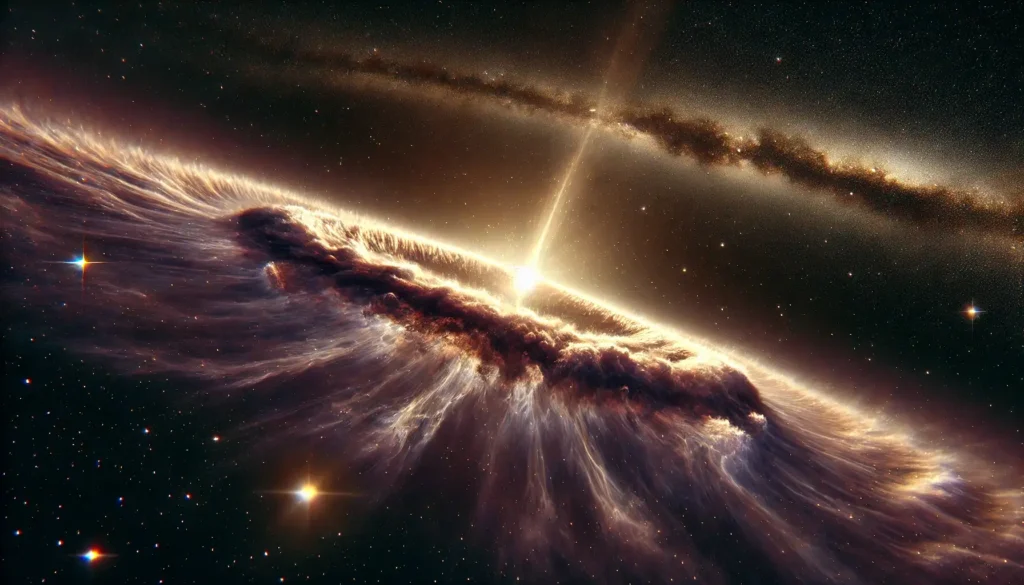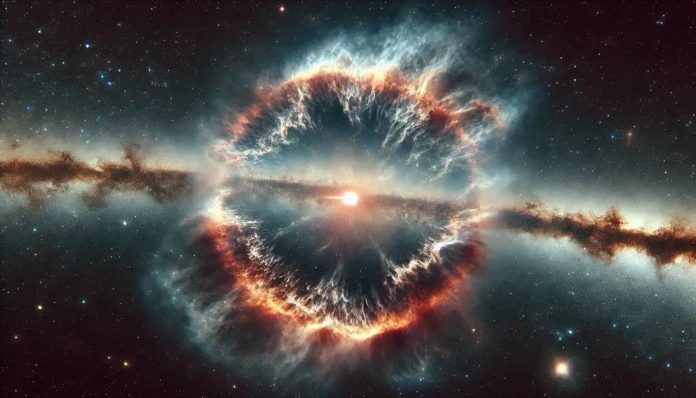Introduction: A Cosmic Treasure Hunt
In the grand tapestry of the universe, few events are as dramatic and impactful as a supernova. These massive stellar explosions are the final moments of a star’s life, dispersing elements across the cosmos and shaping the very fabric of galaxies. But while the explosion itself is brief, its remnants linger for thousands or even millions of years, leaving behind crucial clues about the universe’s history and evolution.
Supernova remnants (SNRs) are more than just cosmic debris—they are the building blocks of future stars, planetary systems, and even life itself. Scientists scour the universe in search of these remnants, using advanced telescopes, spectral analysis, and mathematical modeling to uncover their secrets. This article explores how astronomers detect and study supernova remnants, why they matter, and what they tell us about the past and future of the universe.
The Quest for Hidden Supernova Remnants
Despite their brilliance, many supernova remnants remain hidden in the vast expanse of space. To uncover these elusive structures, scientists employ advanced radio telescopes like the South African Radio Astronomy Observatory’s (SARAO) MeerKAT. The MeerKAT Galactic Plane Survey (SMGPS) focuses on mapping the inner regions of our Milky Way galaxy, searching for previously undetected SNRs.
Why Supernova Remnants Matter: The Cosmic Cycle of Life and Death
1. Seeding the Universe with Elements
Supernovae are responsible for producing and dispersing nearly all elements heavier than helium. The periodic table, from the iron in your blood to the calcium in your bones, exists because of the explosive power of supernovae. Studying SNRs helps scientists track the chemical evolution of galaxies and understand how different elements spread across the cosmos.
2. Shaping Galaxies
Supernovae don’t just enrich space with elements; they also influence galaxy formation and evolution. The immense energy released during these explosions can trigger star formation in nearby regions or, conversely, blow away surrounding gas and slow down star birth. By mapping SNRs, astronomers gain insight into how galaxies grow and change over billions of years.
3. Unveiling the Origins of Black Holes and Neutron Stars
Some supernovae leave behind dense stellar remnants, either as neutron stars or black holes. These compact objects are some of the most mysterious and extreme in the universe, and their formation is closely linked to supernovae. By identifying and studying SNRs, scientists can learn more about the physics that govern black hole and neutron star formation.
How Scientists Search for Supernova Remnants
Detecting a supernova remnant is no easy task. Unlike a bright supernova explosion, remnants fade over time, blending into the cosmic background. Scientists must use a combination of observational techniques and computational models to identify and confirm SNRs.
Step 1: Radio and X-ray Observations
Supernova remnants are best detected at radio and X-ray wavelengths. As the shockwave from a supernova expands, it interacts with interstellar gas, creating strong emissions in these wavelengths.
- Radio Telescopes: Arrays like the Very Large Array (VLA) and the Square Kilometre Array (SKA) scan the sky for distinctive radio signatures of SNRs. These emissions arise from charged particles spiraling around magnetic fields in the remnant.
- X-ray Observations: Space telescopes like NASA’s Chandra X-ray Observatory and ESA’s XMM-Newton detect high-energy radiation from hot gas in supernova remnants. X-ray images reveal the structure of the explosion and help determine the remnant’s age and composition.
Step 2: Optical Imaging and Spectroscopy
Once a potential remnant is identified, astronomers use optical telescopes to confirm its nature.
- Spectroscopy: By analyzing light spectra, scientists identify elements present in the remnant, such as oxygen, sulfur, and iron. This technique helps determine whether a structure in space is indeed an SNR or another celestial phenomenon.
- Narrowband Imaging: Using filters that isolate specific wavelengths, astronomers can detect faint emissions from ionized gases in SNRs.
Step 3: Comparing with Existing Supernova Catalogs
Astronomers cross-reference new discoveries with known supernova catalogs. If a remnant corresponds to a historically recorded supernova, it allows researchers to study how the remnant evolved over time.
Step 4: Measuring Expansion and Estimating Age
By tracking the speed at which the remnant’s shockwave is expanding, scientists can estimate its age. Younger remnants, such as the famous Crab Nebula, still show intricate structures and high-energy emissions, while older remnants appear more diffuse and expanded.
Recent Discoveries: The MeerKAT Galactic Plane Survey
The MeerKAT Galactic Plane Survey (SMGPS) has revolutionized the search for supernova remnants. Researchers examined data from the SMGPS, focusing on areas where radio emissions were detected without corresponding infrared emissions. They cross-referenced these findings with existing catalogs of known SNRs and H II regions to ensure they were identifying new candidates. Through meticulous analysis, they discovered 237 new SNR candidates, potentially doubling the known population in the surveyed area.

Famous Supernova Remnants: Windows Into the Past
1. The Crab Nebula (Messier 1)
- Age: ~970 years (Supernova recorded in 1054 AD)
- Location: Taurus constellation
- Significance: One of the most studied SNRs, the Crab Nebula contains a rapidly spinning neutron star (pulsar) at its center. It provides key insights into pulsar mechanics and energy release.
2. Cassiopeia A (Cas A)
- Age: ~350 years
- Location: Cassiopeia constellation
- Significance: Cas A is one of the youngest known SNRs in the Milky Way, making it an ideal target for studying shockwave expansion and element dispersal.
Future of Supernova Remnant Research
The next decade promises groundbreaking discoveries in SNR studies, thanks to new and upcoming telescopes.
1. The Square Kilometre Array (SKA)
- Set to be the most powerful radio telescope ever built, SKA will detect even the faintest supernova remnants across distant galaxies.
2. James Webb Space Telescope (JWST)
- While primarily an infrared telescope, JWST will help study the dust and gas composition of SNRs in exquisite detail.
3. NASA’s Lynx X-ray Observatory
- A proposed next-generation X-ray telescope that will revolutionize our understanding of supernova remnants and black holes.
Conclusion: The Never-Ending Search for Cosmic Clues
The search for supernova remnants is far from over. Every new discovery adds another piece to the puzzle of the universe’s evolution. As technology advances, we are poised to uncover even fainter and older remnants, deepening our understanding of how stars live, die, and shape the cosmos.
From the dramatic explosions of massive stars to the slow dispersal of their remnants across interstellar space, the study of supernova remnants is not just about understanding past events—it’s about unlocking the future of the universe itself.

This article is based on the study published in Astronomy & Astrophysics:
Title: Supernova remnant candidates discovered by the SARAO MeerKAT Galactic Plane Survey
Journal: Astronomy & Astrophysics, Volume 693, January 2025
DOI: Read the full article




